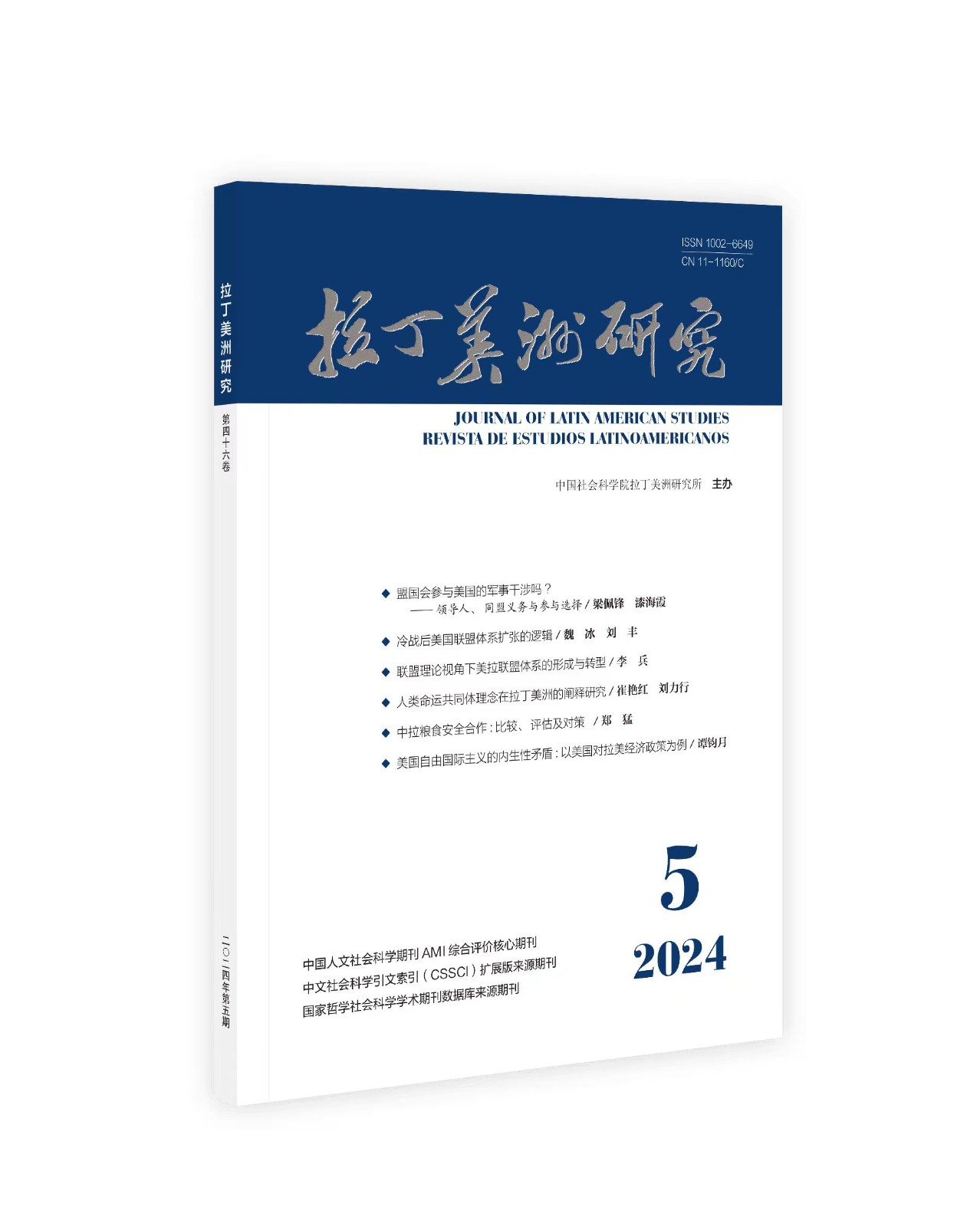Kelly Bauer, Negotiating Autonomy: Mapuche Territorial Demands and Chilean Land Policy (Pittsburgh, PA: University of Pittsburgh Press, 2021), ix + 179 pp.
IF 0.7
2区 历史学
Q2 AREA STUDIES
引用次数: 0
Abstract
production of human resources for health and the island’s disaster preparedness programmes. These two chapters provide a deeper glimpse into the underlying values and structures of the Cuban healthcare system. However, this insight does not carry over into the only chapter about Central America, which looks at maternal health in Guatemala, Nicaragua and Costa Rica, with the remaining countries in this sub-region not represented in this book. Although there is abundant data about maternal health and the services these three countries can provide, the authors instead use diary and movie excerpts to channel the voices of mothers and the type of care they receive. Nevertheless, the authors come to the same conclusion as other scholars: ‘... racial and patriarchal attitudes continue to define the healthcare options available ... throughout the region’ (p. 9). This is not a new conclusion, but it is one that is very weakly supported by the data presented in the chapter. Part 4, on the Andean region, which covers Peru, Ecuador, Bolivia, Colombia and Venezuela, dives deeply into pressing issues for the sub-region. It begins with a chapter on the politics of public health in postrevolutionary Bolivia, but also tackles discourses on transness and disability and the relationship between ancestral knowledge and modern medicine. Finally, Part 5, on the Southern Cone, helps us understand the development of some of the strongest healthcare systems in the region. This includes the underlying architecture and stakeholders that shaped the foundations of the Argentine health system, how it compares to the Chilean system and, most importantly, how the right to health exists in Brazil and Argentina. Given that this right is enshrined in most, if not all, the constitutions of the region, this is timely and interesting, and leaves the reader wanting to know more about how these fit into the structure of all the health systems represented in this book. This book does well in meeting its overall aim of showing how the various national approaches to public health and healthcare delivery reveal lessons that go beyond the health sector and how historical, cultural, political and economic values shape the health system and how healthcare, in turn, shapes the history, the culture and the politics of Latin America.Kelly Bauer,《谈判自治:马普切领土需求和智利土地政策》(宾夕法尼亚州匹兹堡:匹兹堡大学出版社,2021),ix+179页。
卫生人力资源的生产和该岛的备灾方案。这两章深入了解了古巴医疗体系的基本价值观和结构。然而,这一见解并没有延续到关于中美洲的唯一一章中,该章着眼于危地马拉、尼加拉瓜和哥斯达黎加的孕产妇健康,而该次区域的其他国家在本书中没有代表。尽管有大量关于孕产妇健康和这三个国家可以提供的服务的数据,但作者们反而使用日记和电影节选来传达母亲的声音和她们所接受的护理类型。尽管如此,作者还是得出了与其他学者相同的结论:“。。。种族和重男轻女的态度继续定义着可用的医疗保健选择。。。整个地区”(第9页)。这不是一个新的结论,但本章提供的数据对这一结论的支持非常微弱。关于安第斯区域的第4部分涉及秘鲁、厄瓜多尔、玻利维亚、哥伦比亚和委内瑞拉,深入探讨了该次区域的紧迫问题。它以一章关于革命后玻利维亚的公共卫生政治开始,但也涉及变性和残疾以及祖先知识与现代医学之间的关系。最后,关于南锥体的第5部分帮助我们了解该地区一些最强大的医疗保健系统的发展情况。这包括构成阿根廷卫生系统基础的基本架构和利益攸关方,与智利的卫生系统相比如何,最重要的是,健康权在巴西和阿根廷是如何存在的。鉴于这一权利被载入该地区的大多数(如果不是全部的话)宪法,这是及时和有趣的,让读者想了解更多关于这些权利如何融入本书所代表的所有卫生系统的结构。这本书很好地实现了其总体目标,即展示国家对公共卫生和医疗保健的各种方法如何揭示超出卫生部门的教训,历史、文化、政治和经济价值观如何塑造卫生系统,以及医疗保健如何反过来塑造拉丁美洲的历史、文化和政治。
本文章由计算机程序翻译,如有差异,请以英文原文为准。
求助全文
约1分钟内获得全文
求助全文
来源期刊

拉丁美洲研究
Multiple-
CiteScore
1.60
自引率
0.00%
发文量
3870
期刊介绍:
Journal of Latin American Studies presents recent research in the field of Latin American studies in economics, geography, politics, international relations, sociology, social anthropology, economic history and cultural history. Regular features include articles on contemporary themes, specially commissioned commentaries and an extensive section of book reviews.
 求助内容:
求助内容: 应助结果提醒方式:
应助结果提醒方式:


